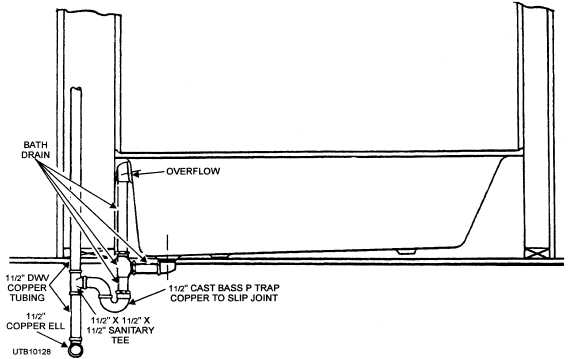
Figure 5-25. - Bathtub combination waste and overflow.
The wastewater supply lines, as shown in figure 5-26, are then connected to the tub.
The faucet and shower combination for a bathtub and shower is connected to the hot and cold waterlines that were installed when the piping was roughed-in. The manufacturer's specifications should be used to determine the height of the riser. The height, however, may be specified by the user. The shower and bathtub piping and fittings installed within the wall are made of rough brass; those that extend through the finished wall have a chrome finish. A typical bathtub and shower piping arrangement is shown in figure 5-27. When you make this type of bathtub and shower installation, be sure to locate the bathtub spout from 2 to 4 inches above the rim of the tub. Spacing the spout above the rim of the tub prevents siphoning of the water from the tub in case the valve is left open and the water drops at the same time. This installation prevents cross-connection between potable and nonpotable water.
The mixing valves in the shower system supply a uniform temperature of water for the shower or tub. The temperature of the water may be regulated between the limits of the temperature of the cold-water supply and the hot-water supply. The equipment used to control the temperature of the water are the manual, the pressure, and the thermostatic mixing valves.
The manually controlled mixing valves consist of two hand-operated valves in one body with an outlet for both valves that feed the shower head. The valves are turned by hand to control the temperature of the water. Manually controlled valves require a piping arrangement similar to the one shown in figure 5-28. This water tempering setup does not protect against

Figure 5-26. - Tub waste hookup.
Continue Reading